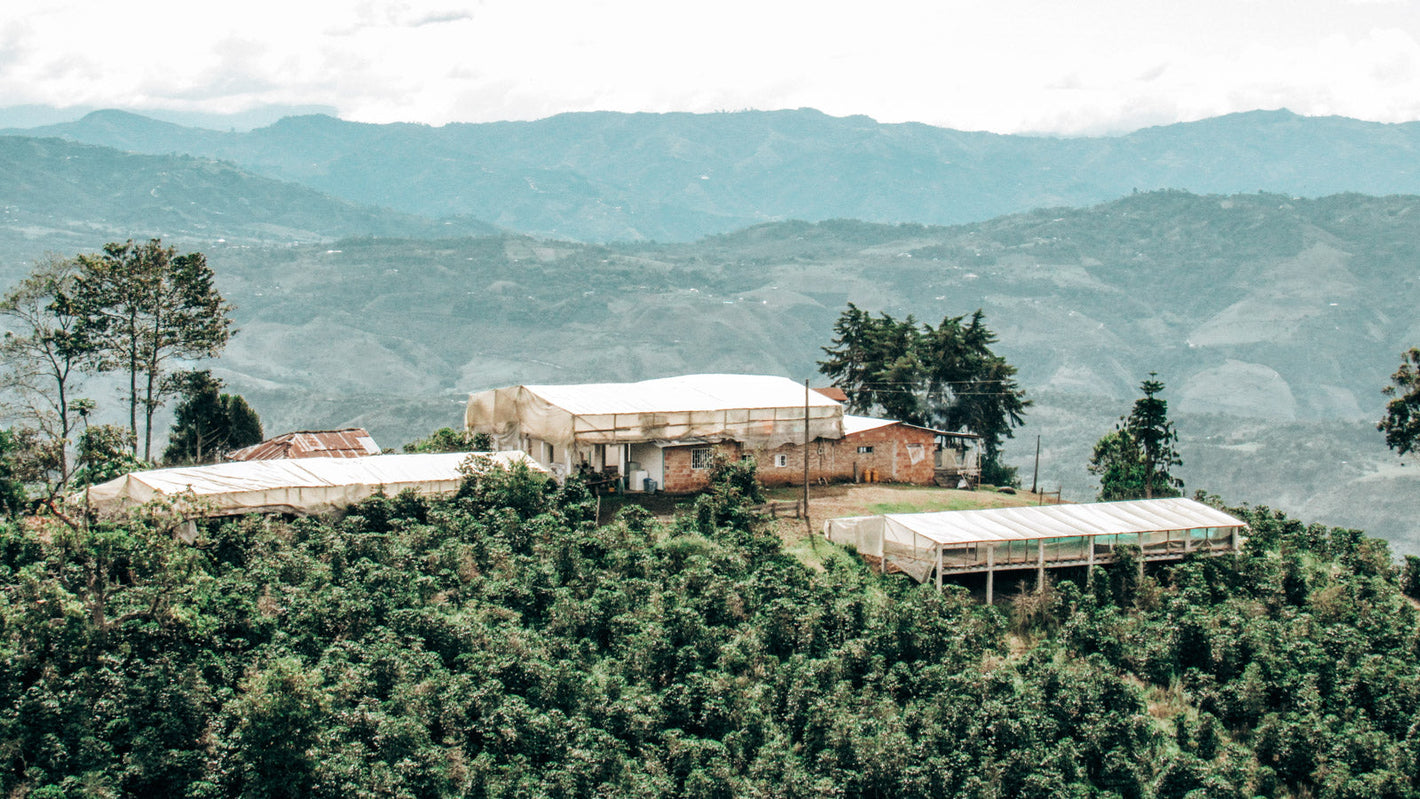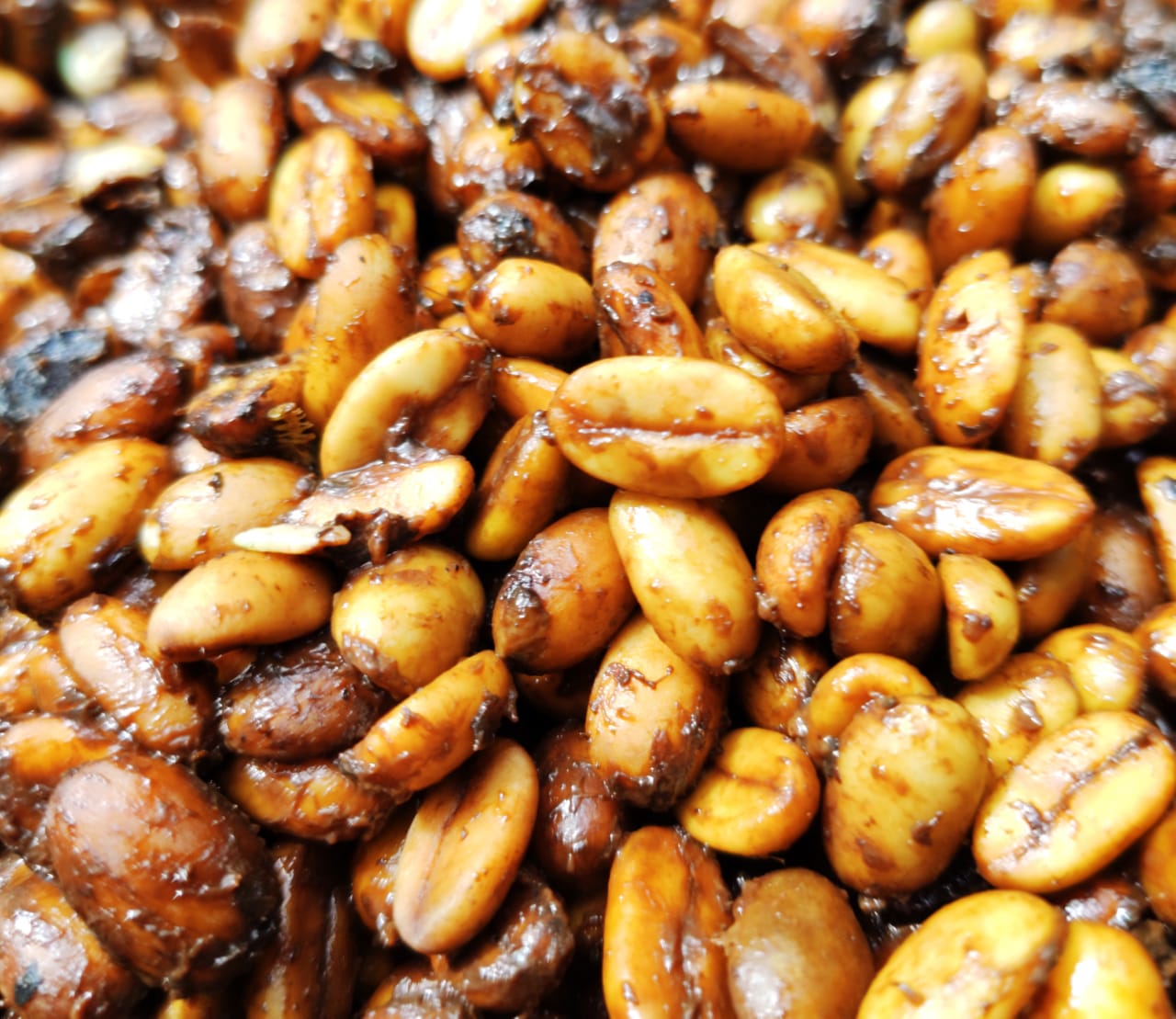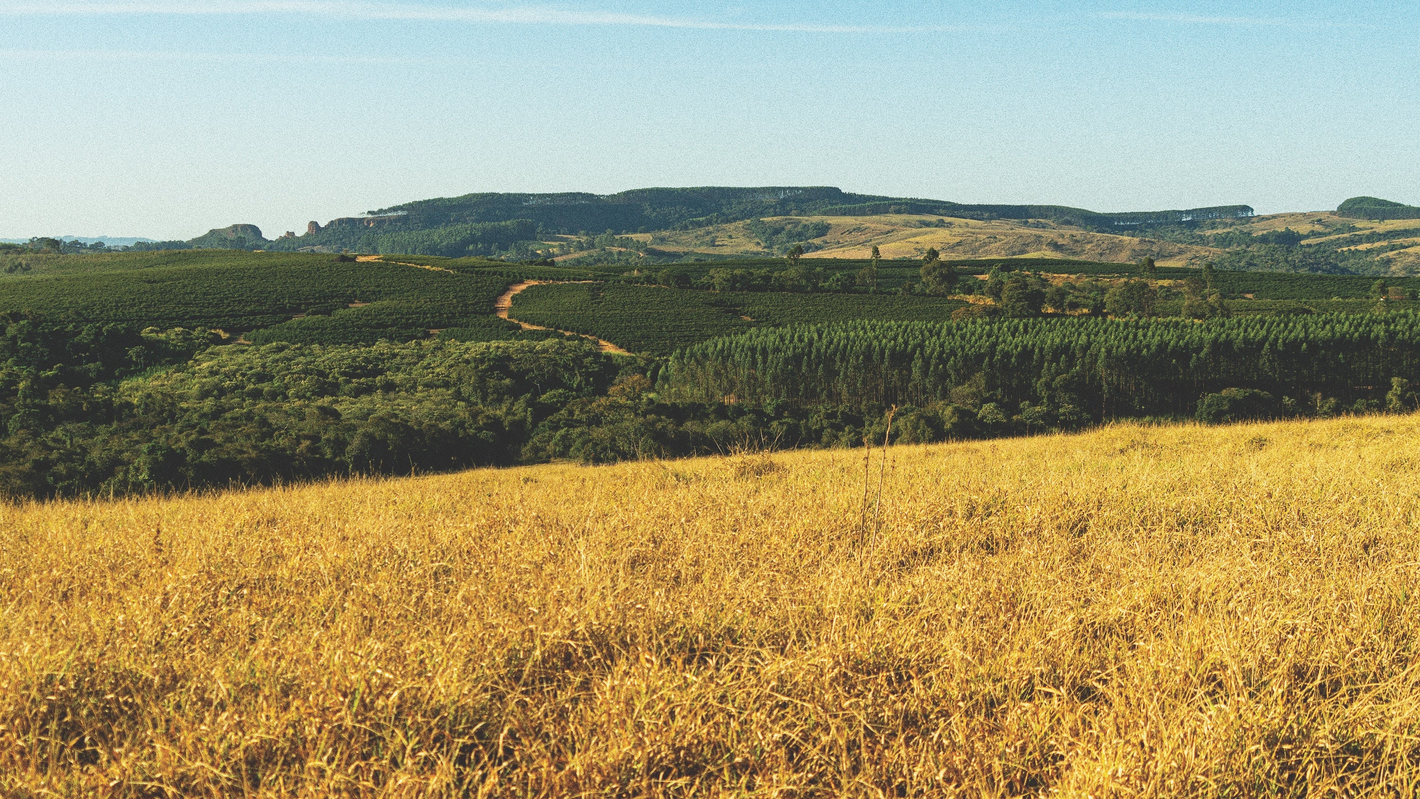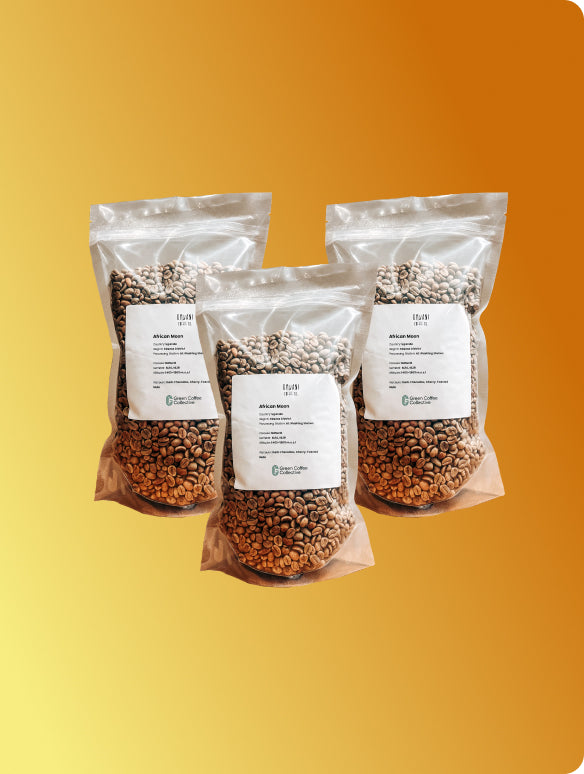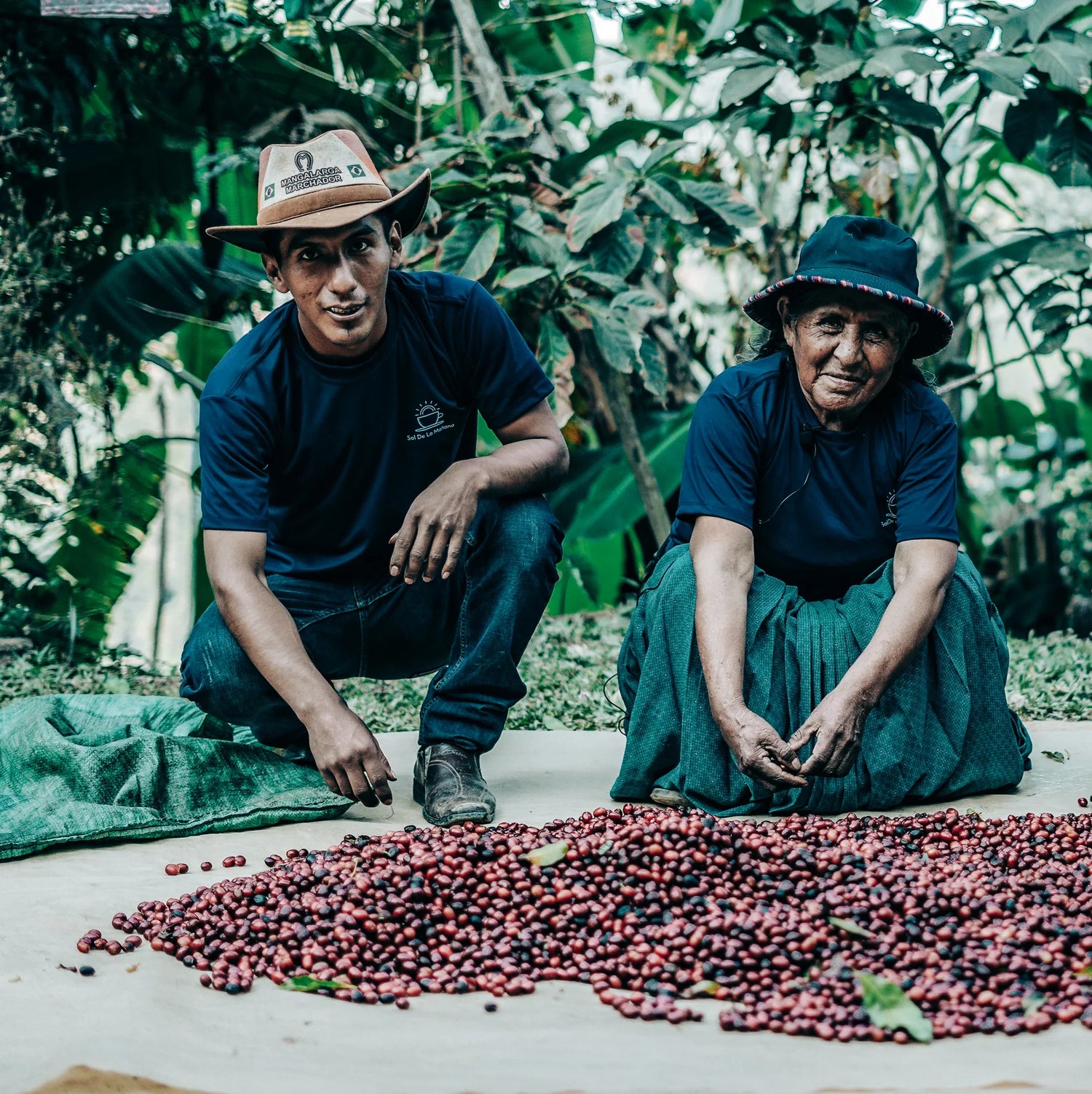
Bolivia Green Coffee Beans
Bolivia produces small volumes of high-altitude coffee with clean sweetness and gentle fruit character. Most farms are based in the Yungas region, where cool nights and rich soils support slow cherry development and layered flavour. We offer these coffees in both wholesale volumes and smaller sizes for home roasting, giving you access to distinctive, traceable lots from one of South America’s most limited and expressive origins.
No products found
Use fewer filters or remove all
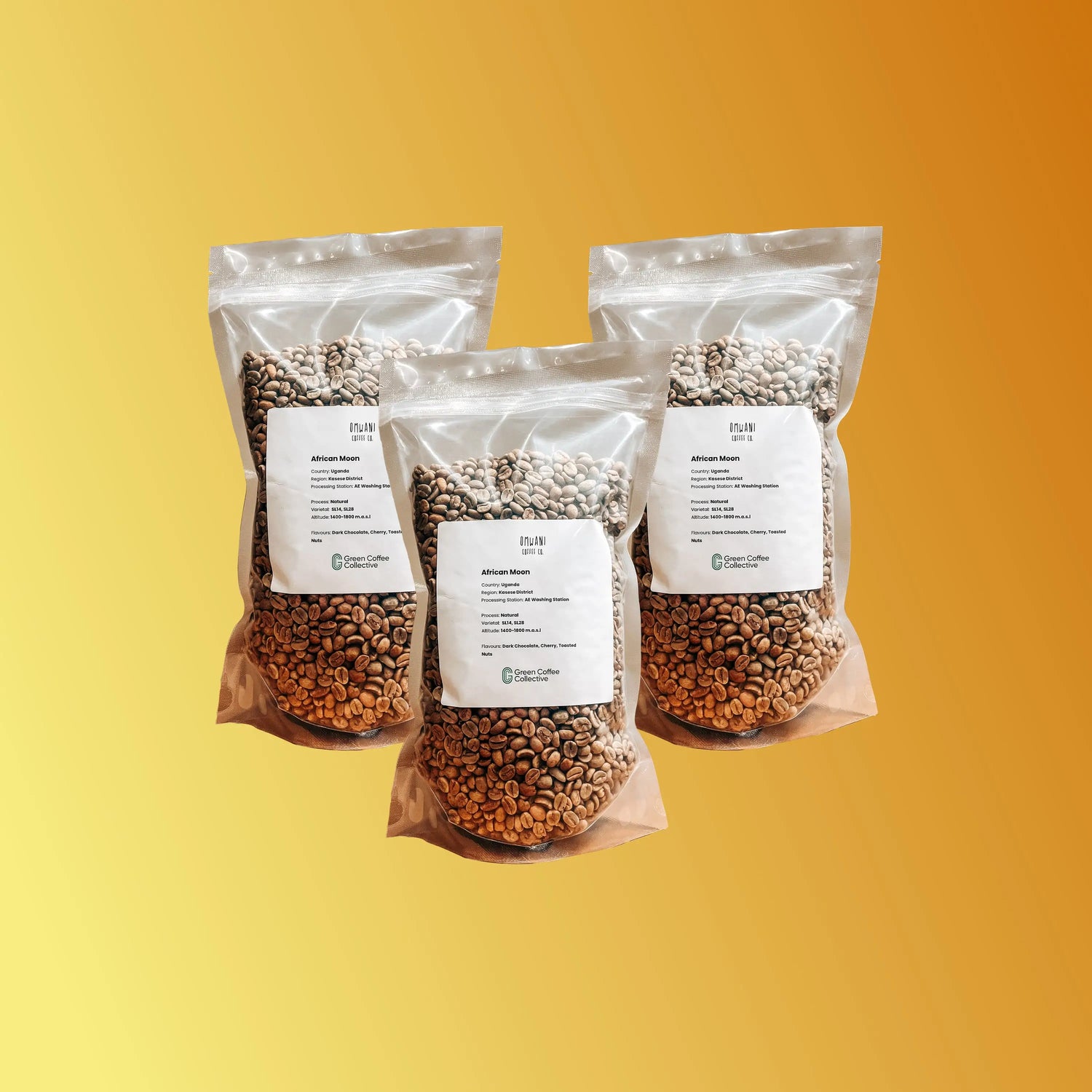
Your guide to Bolivia Green Coffee Beans
-
What is special about Bolivian coffee?
-
What’s our relationship with Bolivia and its coffee producers?
-
How do you provide cupping information for Bolivian coffees?
-
Why do Bolivian coffees tend to be more expensive?
-
Where is coffee grown in Bolivia
-
What processing methods are most common in Bolivia, and how are newer natural and experimental lots emerging?
